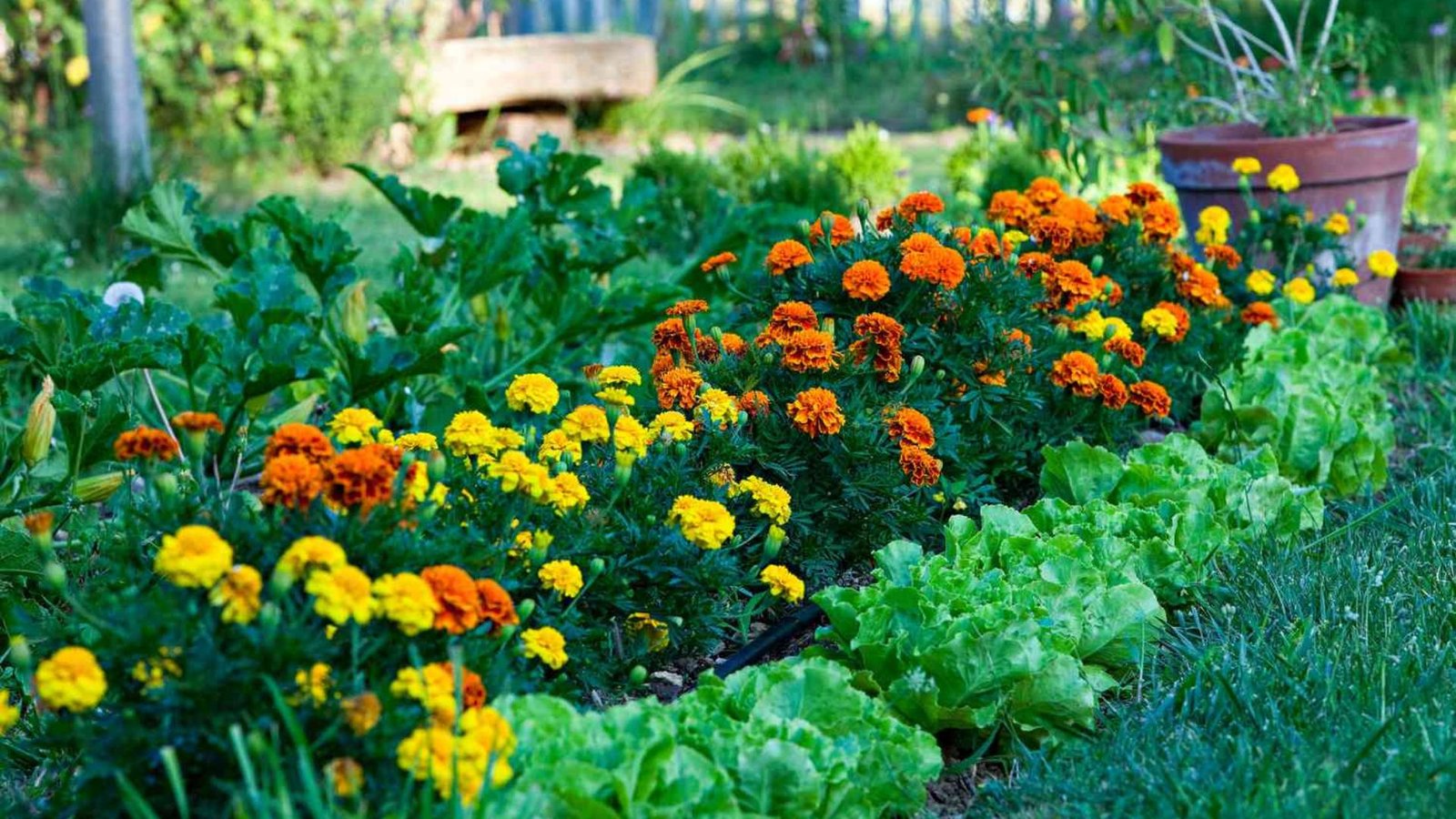Starting a garden can be a fulfilling and enjoyable endeavor, even for beginners. With some basic knowledge and a little effort, you can grow your own vegetables and flowers, bringing beauty and fresh produce to your home. Gardening for Beginners: Here’s a step-by-step guide to get you started on your gardening journey.
Gardening for Beginners: Planning Your Garden
Before you begin, decide what you want to grow. Consider your climate, available space, and the amount of sunlight your garden will receive. Make a list of vegetables and flowers you’d like to plant, and research their specific requirements. Plan the layout of your garden, ensuring that taller plants don’t shade shorter ones and that plants with similar water needs are grouped together.

Choosing the Right Location
Select a location for your garden that receives at least six hours of sunlight per day. Most vegetables and many flowers need full sun to thrive. Ensure the area has good drainage to prevent waterlogging, which can harm plant roots. If space is limited, consider container gardening or vertical gardening solutions.
Preparing the Soil
Good soil is key to a successful garden. Start by testing your soil to determine its pH and nutrient levels. You can purchase a soil test kit or send a sample to a local extension service. Based on the results, amend your soil with organic matter such as compost or well-rotted manure to improve its fertility and structure. Remove any weeds, rocks, or debris from the planting area.
Starting Seeds or Buying Plants
Decide whether to start your plants from seeds or purchase young plants from a nursery. Starting from seeds can be more economical and offers a wider variety of plants, but it requires more time and effort. If you choose to start from seeds, follow the instructions on the seed packets for planting depth and spacing. For beginners, buying young plants can be easier and more convenient.
Planting Your Garden
When planting, follow the recommended spacing guidelines to ensure each plant has enough room to grow. Dig holes that are slightly larger than the plant’s root ball, and gently place the plants in the holes. Fill in with soil, pressing lightly to remove air pockets. Water the plants thoroughly after planting to help them establish their roots.
Watering Your Garden
Proper watering is crucial for plant health. Water your garden in the morning to allow the plants to absorb moisture before the heat of the day. Aim to water the soil, not the leaves, to prevent fungal diseases. The amount of water needed will depend on the weather, soil type, and plant species. Generally, it’s better to water deeply and infrequently rather than shallowly and frequently.
Mulching
Mulch helps conserve moisture, suppress weeds, and regulate soil temperature. Apply a layer of organic mulch, such as straw, wood chips, or leaves, around your plants. Avoid placing mulch directly against the stems to prevent rot. Mulching also adds organic matter to the soil as it breaks down.
Fertilizing Your Garden
Most plants benefit from regular feeding to promote healthy growth. Use organic fertilizers, such as compost, fish emulsion, or a balanced granular fertilizer. Follow the manufacturer’s instructions for application rates and frequency. Be cautious not to over-fertilize, as this can harm plants and pollute waterways.
Pest and Disease Management
Monitor your garden regularly for signs of pests and diseases. Early detection and intervention are key to preventing severe damage. Encourage beneficial insects, such as ladybugs and lacewings, by planting flowers like marigolds and dill. Use organic pest control methods, such as neem oil or insecticidal soap, if necessary. Remove and dispose of diseased plants to prevent the spread of pathogens.
Pruning and Training Plants
Pruning helps maintain plant health and improves air circulation. Remove dead, damaged, or diseased branches regularly. For vegetables like tomatoes and cucumbers, provide support with stakes or trellises to keep the plants off the ground and promote better growth. Pinch back the tips of certain flowers, such as petunias, to encourage bushier growth and more blooms.
Harvesting Your Crops
Harvest your vegetables when they reach their peak ripeness for the best flavor and nutrition. Each crop has different signs of readiness, so research the specific plants you are growing. Use clean, sharp tools to avoid damaging the plants. Regular harvesting also encourages plants to produce more.
Enjoying the Fruits of Your Labor
Gardening is a rewarding experience that provides fresh, homegrown produce and beautiful flowers. Take time to enjoy your garden, whether it’s through cooking with your vegetables, creating bouquets from your flowers, or simply relaxing in your green space. Share your bounty with friends and family, and consider preserving excess produce through canning, freezing, or drying.
Conclusion
In conclusion, gardening for beginners doesn’t have to be intimidating. By following these step-by-step instructions, you can create a flourishing garden filled with delicious vegetables and vibrant flowers. Remember that gardening is a learning process, and it’s okay to make mistakes along the way. With patience, practice, and a little bit of effort, you’ll soon be reaping the rewards of your own garden. Happy gardening!
Enhancing Your Leisure Time with Online Entertainment
While spending time in your beautiful garden can be incredibly relaxing, there are other ways to unwind after a long day. Platforms like gambling360 online casino offer a fun, secure environment for those looking to enjoy some online gaming. Whether you’re gardening or enjoying some indoor relaxation, it’s great to have entertainment options that suit every mood. A balance of outdoor activities and indoor fun can truly enrich your lifestyle.











